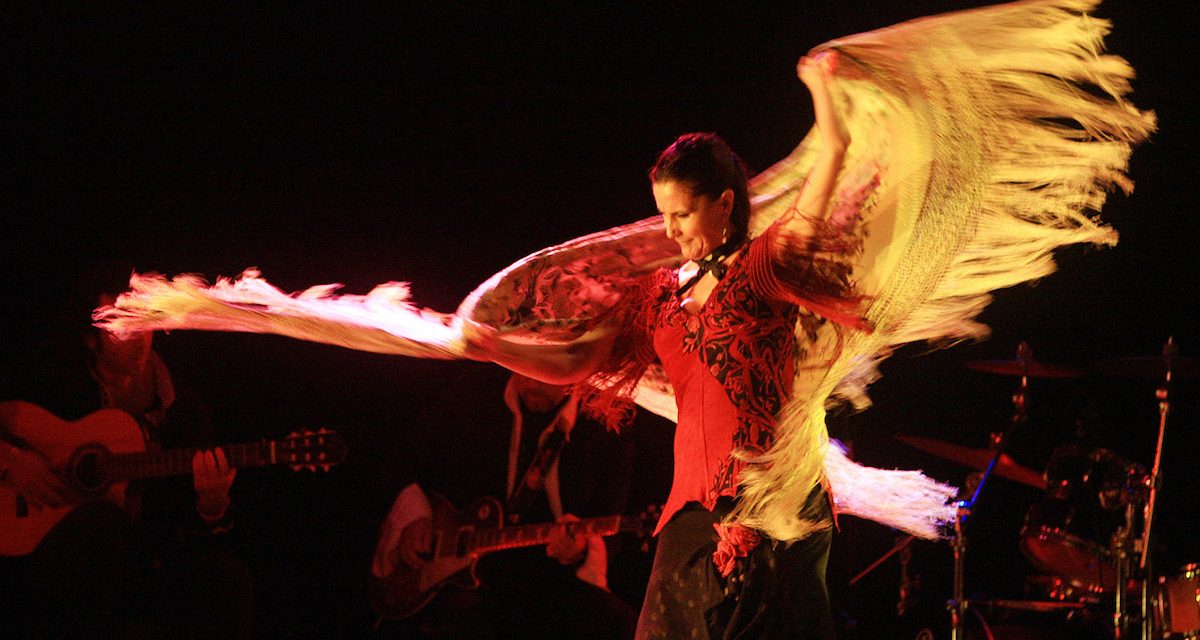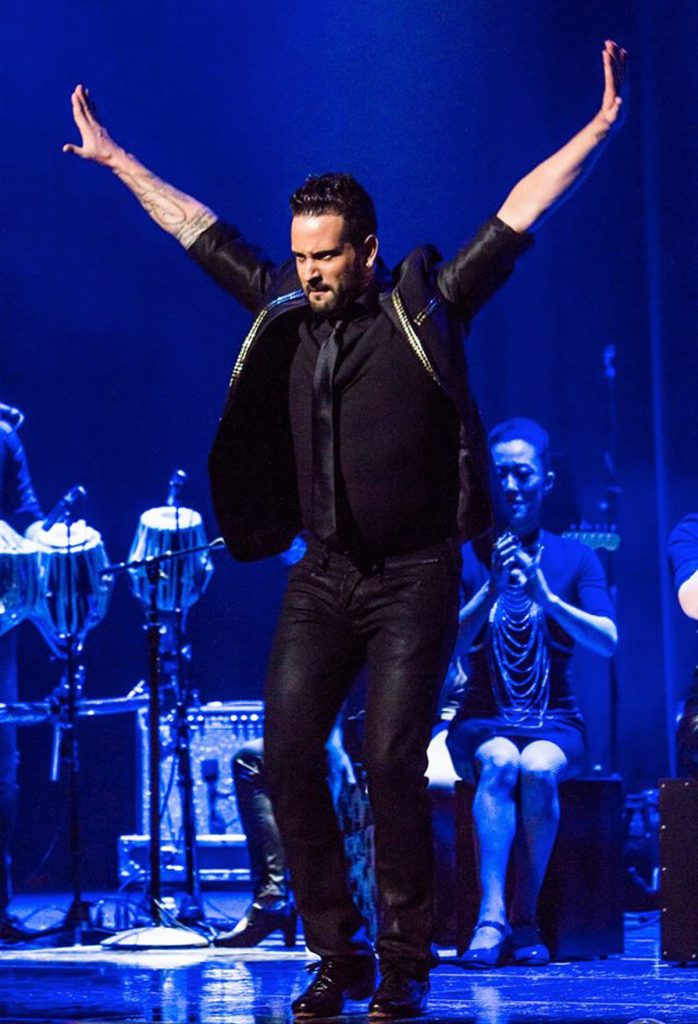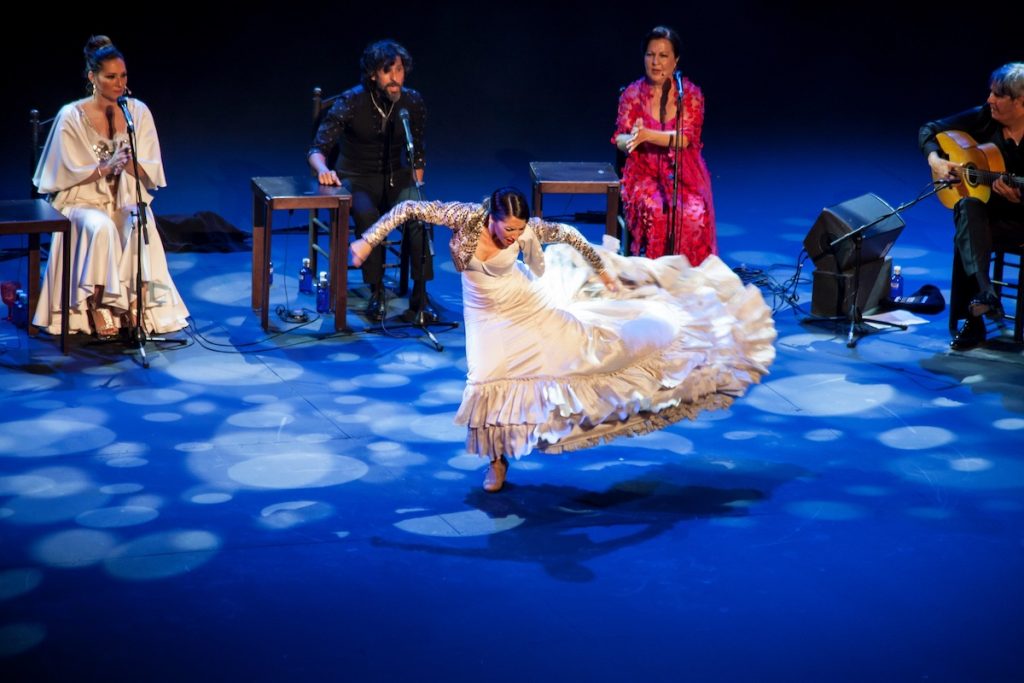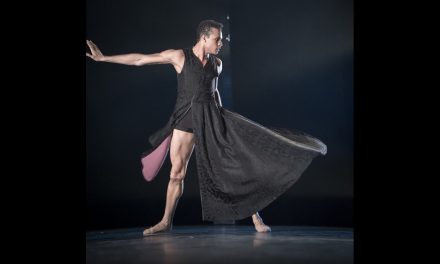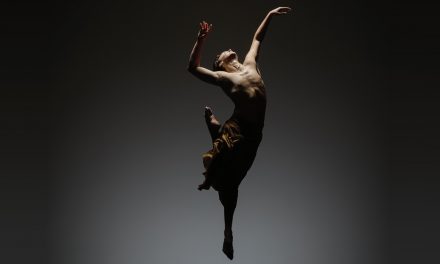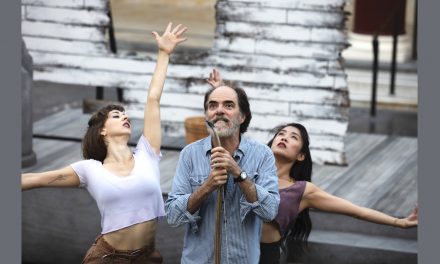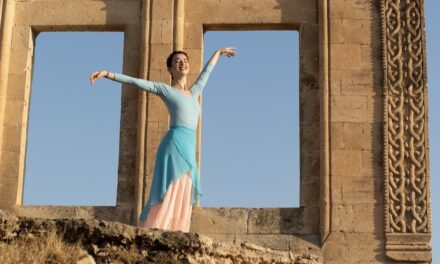My attention was recently directed to a new Flamenco Society Channel and Live Events Site that offers a 14-day free trial to “join Flamenco experts and leaders in the industry all from the comfort of your home or office”. The Flamenco Society offers three levels of access into its monthly plan: Flamenco General, Flamenco Gold Level, and Flamenco Platinum. They also state that soon one will be able to watch anytime and anywhere, streaming on whatever media device you use: androidtv, Appletv, Roku, android, ApplepiPhone, Amazon’s firetv, and more.
There is a rich Flamenco culture in the Los Angeles area offering restaurants that include flamenco dancing and organizations such as the professional touring dance company Arte Flamenco Dance Theatre and The Fountain Theatre that presents ongoing performances known as Forever Flamenco starring renowned Flamenco dancers, singers and musicians. Over the years, I have attended many wonderful Flamenco performances at The Ford Amphitheater across from the Hollywood Bowl. There is El Cid which offers weekend flamenco shows, plus live-music nights; Rina Orellana Flamenco Company & Academy in Torrance; Mojácar Flamenco in Pasadena; and Esencia Flamenca Dance Company in Los Alamitos, to name a few. Even during the pandemic, several Flamenco studios have continued to offer online classes. Please check out our Growing List of Online Dance Classes which is updated regularly.
Flamenco is a form of song, dance, and instrumental music (primarily guitar) generally associated with the Gypsies of southern Spain known as Andalusian Roma. Although the origins of Flamenco are not clear, they are thought to lie in the Roma migration from the northern part of India to Spain between the 9th and 14th centuries. These migrants brought many musical instruments with them including tambourines, bells, and wooden castanets which played in their large repertoire of songs and dances. Once in Spain, they came across and began to incorporate the extensive art forms of the Sephardic Jews and the Moors.
The song or cante, is said to be the essence of Flamenco, and they fall into three categories: cante jondo (“profound song,” or “deep song”), cante intermedio (“intermediate song,” also called cante flamenco), and cante chico (“light song”). Each song style has its own characteristic rhythm and chord structure but several types of cante share the same rhythm. Each has, however, its own unique accentuation, subtleties, and emotional content.
The golden age of flamenco is usually considered to be the period between 1780 and 1845. Singing was then the primary aspect of flamenco, dancing and musical accompaniment being secondary. This new channel will not only attract avid fans of Flamenco, but it will help expand that audience. Access plans range between $5.99 a month to $29.99 a month.
To learn more about this new and exciting Flamenco Society Channel and Live Events Site, click HERE.
To visit the Arte Flamenco Dance Theatre website, click HERE.
To visit The Fountain Theatre website, click HERE.
Written by Jeff Slayton for LA Dance Chronicle.
Featured image: Forever Flamenco – dancer Maria Bermudez – Photo by Miguel Angel Gonzalez.

